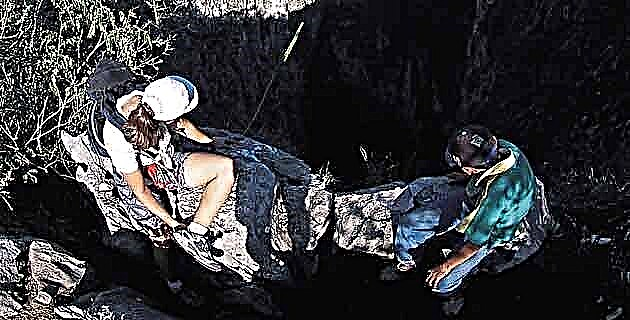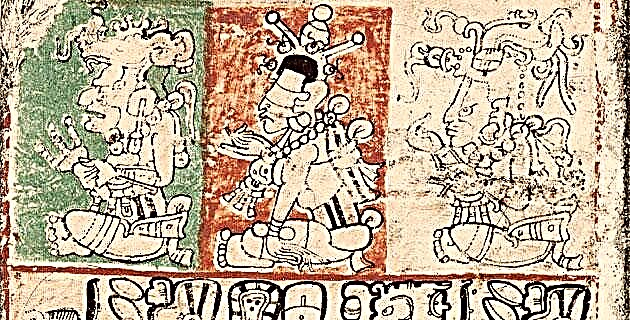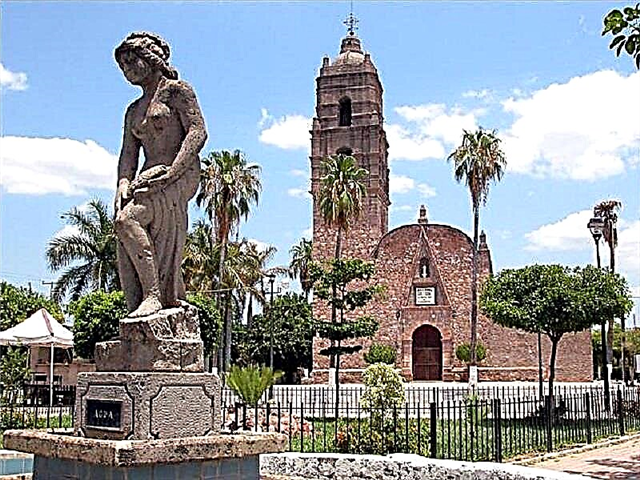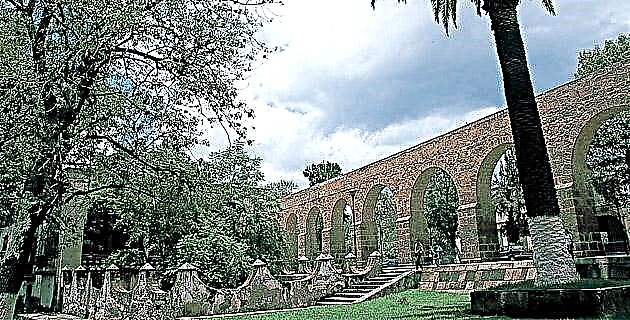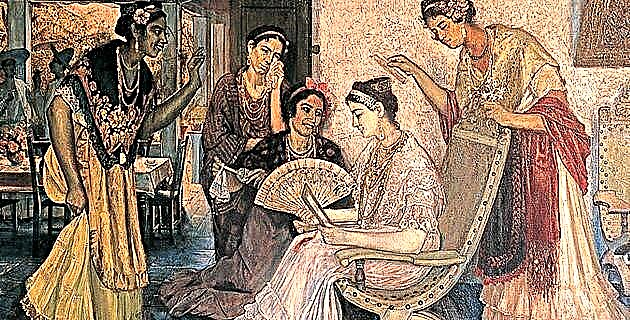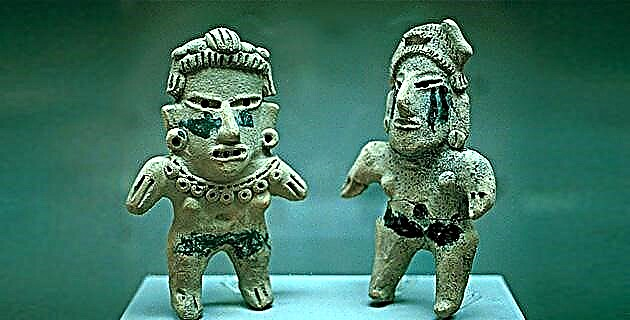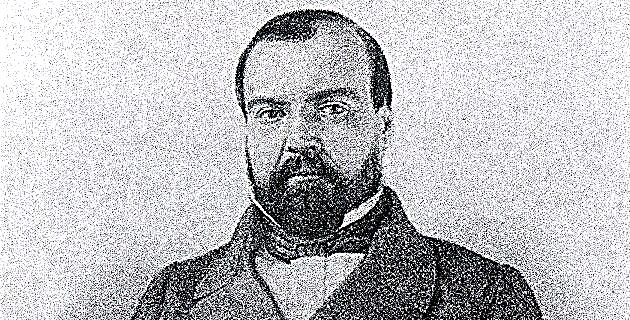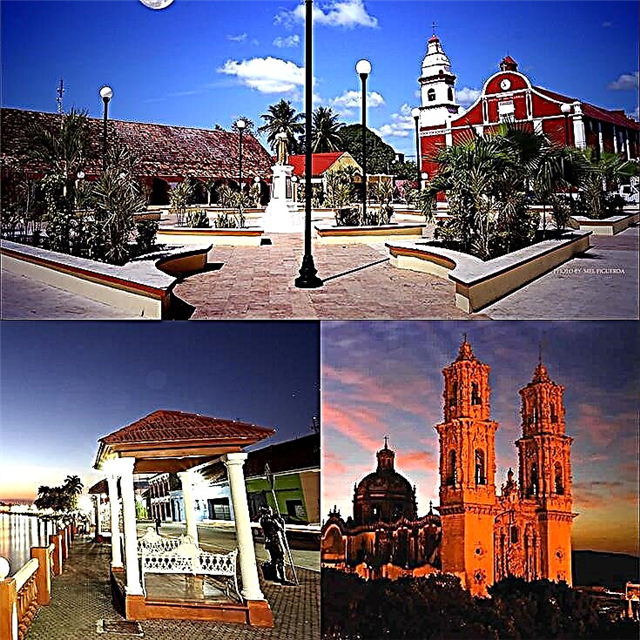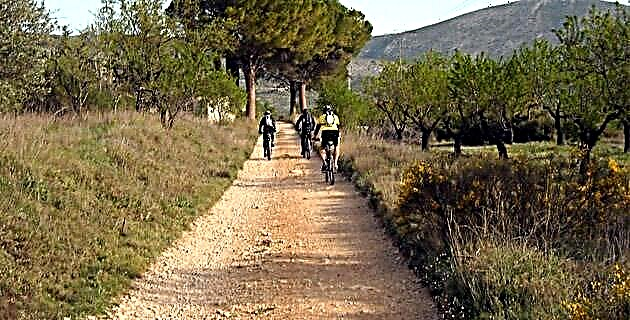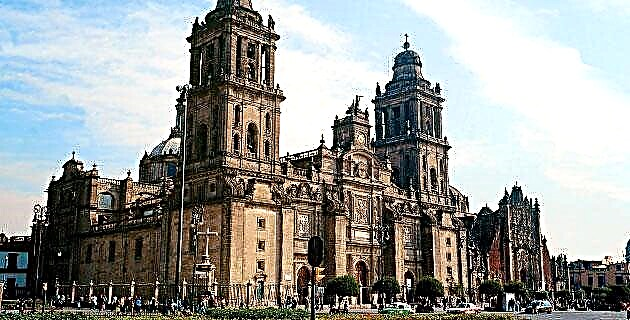
Mexico City has incredible buildings that have adorned its streets for centuries. Learn about the history of some of them.
As for religious architecture, the Metropolitan Tabernacle, attached to the Cathedral, is an excellent example of the Baroque style. It was built between 1749 and 1760 by the architect Lorenzo Rodríguez who introduced in this work the use of the stipe as a decorative solution. In the building its two façades stand out, full of religious symbolism, dedicated to the Old and New Testaments. The same author owes the temple of Santísima, with one of the most beautiful baroque façades in the city.
The majestic Jesuit temple of La Profesa dates from 1720, in a baroque style with sober proportions; inside it houses a beautiful museum of religious painting. From the same century are the temple of San Hipólito with its baroque façade and the church of Santa Veracruz, a beautiful example of the Churrigueresque style. The temple of San Felipe Neri, an unfinished work also attributed to Lorenzo Rodríguez, with its beautiful 18th century façade, currently functions as a library.
In the field of conventual constructions, we must mention the temple and ex-convent of San Jerónimo, at the beginning of the 17th century, which was one of the largest in the city, as well as historical importance for having housed the famous poet Sor Juana Inés de la Cross.
The former convent of La Merced is considered the most beautiful for the exquisite ornamental composition exhibited by its cloister, which is the only thing that is preserved today. We must also mention the temple and former convent of Regina Coelli, the convents of San Fernando and La Encarnación where the Ministry of Public Education was.
The progress of the viceregal city, also motivated that the civil buildings were magnificent as is the National Palace, built on the site where the Moctezuma palace was, which later became the residence of viceroys. In 1692 a popular revolt destroyed part of the north wing so it was rebuilt by Viceroy Gaspar de la Cerda and renovated during the Revillagigedo government.
The old City Hall building, today the headquarters of the Federal District Department, built in the 16th century and later modified by Ignacio Costera in the 18th century, has a façade carved in quarry with shields made of Puebla tile that recreate scenes from the time of the conquest. Also within civil architecture are the lavish palaces that were the dwelling of illustrious characters of the time, in various styles: the Mayorazgo de Guerrero, built by the architect Francisco Guerrero y Torres in 1713, with curious towers and magnificent courtyards. The Palacio del Marqués del Apartado, built by Don Manuel Tolsá at the end of the 18th century, already presenting a definite neoclassical style. The old Palace of the Counts of Santiago de Calimaya, current Museum of the City, from the 18th century in Baroque style.
The stately mansion of the Counts of the Valley of Orizaba with its facade covered with tiles, gave it the nickname of Casa de los Azulejos among the townspeople. The wonderful Palacio de Iturbide, which was the residence of the Marquis de Berrio, one of the most beautiful in the city, built in the 18th century and attributed to the architect Francisco Guerrero y Torres. From the same author and period is the House of the Counts of San Mateo Valparaíso, with its baroque façade that presents the characteristic combination of tezontle and quarry, the latter worked with great elegance.
Thanks to all these buildings, the stately capital of New Spain came to receive the qualification of City of Palaces, as it never ceased to amaze locals and strangers by the "order and concert" that its appearance presented at that time.
In the vicinity of the old city there were other settlements, currently absorbed by the huge city, in which valuable properties were built, such as Coyoacán, which covers the areas of Churubusco to the east and San Ángel to the west, preserving its beautiful church of San Juan Bautista, which was the temple of a 16th century Dominican convent. It was rebuilt in the last century and its style still has certain Renaissance airs. The Palacio de Cortés, where the first Town Hall stood, was rebuilt in the 18th century by the Dukes of Newfoundland; the small chapel of Panzacola, also from the 18th century, the Chapel of Santa Catarina, from the 17th century and the Casa de Ordaz from the 18th century.
The San Ángel neighborhood, originally occupied by Dominicans, offers visitors the famous Carmen convent, built in 1615 with its annexed temple that boasts colorful domes covered with tiles. The beautiful Plaza de San Jacinto, with its simple 17th century temple, and various 18th century mansions such as the Casa del Risco and that of the Mariscales de Castilla, prior to the 18th century. The residence of Bishop Madrid and the old Hacienda de Goicochea.
Nearby is the beautiful colonial corner of Chimalistac, where you can admire the small chapel of San Sebastián Mártir, built in the 16th century.
In Churubusco, the temple and convent of the same name stands out, built in 1590 and which is currently the National Museum of Interventions. Another area of importance and great significance is La Villa, a site where, according to tradition, the apparitions of the Virgin of Guadalupe to the indigenous Juan Diego were made in 1531. A hermitage was built there in 1533 and later, in 1709, He built the huge Basilica in the Baroque style. Annexed is the temple of the Capuchinas, a work of 1787. In the whole of the area are the church of Cerrito from the early 18th century and the church of Pocito, from the end of the same century and beautifully decorated with striking tiles.
Tlalpan is another area of the city that preserves relevant buildings such as the Casa Chata, which was a summer residence in viceregal times, built in the 18th century, and which has a beautiful facade worked in pink quarry and the one that was Casa de Moneda, built in the seventeenth century and transformed over time. Located in the peaceful square, are the baroque parish of San Agustín, originally from the 16th century, and the Municipal Palace.
Azcapotzalco, for its part, preserves beautiful buildings such as the Dominican convent built around 1540 with an interesting chapel in its atrium.
In Xochimilco, a beautiful place that still maintains its old canals and chinampas, is the San Bernardino parish with its beautiful building and its spectacular Plateresque altarpiece, both from the 16th century, and the Rosario Chapel, beautifully ornamented in mortar and dating from the century XVIII.
Finally, it is convenient to mention the lavish Carmelite convent of the Desert of the Lions, built in the 17th century, nestled in a peculiar wooded environment.

